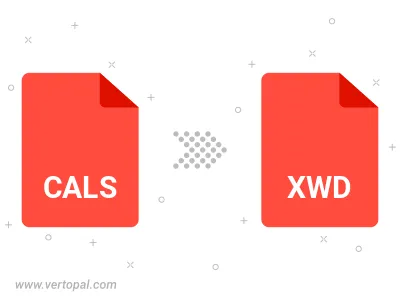Convert CALS to XWD
Convert CALS images to XWD format, edit and optimize images online and free.

The CALS (Continuous Acquisition and Life-cycle Support) Type 1 Image file format, developed by the United States Department of Defense in the mid-1980s, is a standard for storing raster (bit-mapped) image data, typically black-and-white. It ensures efficient data interchange and retention of orientation metadata. The format supports both uncompressed and compressed (using CCITT Group 4 compression) images. This standard was part of the broader CALS initiative aimed at improving electronic publishing and data management within the federal government.
The XWD (X Windows Dump) file extension refers to an uncompressed bitmap image format used by the X Window System to store screen captures or "screen dumps" of windows or backgrounds. Developed by the X Consortium, it captures images of graphical user interfaces on UNIX and Linux platforms. The format, originating with X10 and later used in X11, is known for its large file sizes due to the lack of compression. XWD files are typically used for debugging and documentation purposes within the realm of computer graphics.
Select any CALS file from your device to start uploading it.
Use any available convert tools on the preview page, and click Convert.
Wait a couple of seconds for the converter to do the hard job, then download your XWD file.

To change CALS format to XWD, upload your CALS file to proceed to the preview page. Use any available tools if you want to edit and manipulate your CALS file. Click on the convert button and wait for the convert to complete. Download the converted XWD file afterward.
Follow steps below if you have installed Vertopal CLI on your macOS system.
cd to CALS file location or include path to your input file.Follow steps below if you have installed Vertopal CLI on your Windows system.
cd to CALS file location or include path to your input file.Follow steps below if you have installed Vertopal CLI on your Linux system.
cd to CALS file location or include path to your input file.